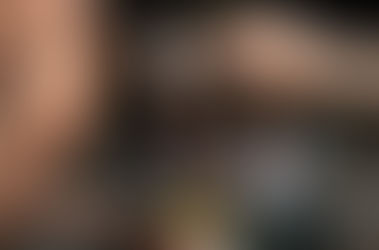neo-pictorialism vs resolution junkies
- Antoine Boesch

- Nov 20, 2014
- 2 min read
Pictorialism, around the iron-age of photography at the start of last century, was when photographers thought it pointless and undignified simply to reproduce reality as it was there to be seen, and deliberately made their photos out of focus, a bit cloudy, and generally more in the vibe of painting.
Fast-forward to last week, when as a kid in a sweet-shop, I found myself in the newsagent's and in one fell swoop made off with the new issues of a) Camera, b) Polka and c) PHOTO (the latter, to my shame and dismay but let me explain: they came out with a brand new presentation so I reckoned I'd give it one very last chance, but in the face of its persistent vacuousness I hereby solemnly swear, on my 11 Nikons, 1 Fuji and 1 Rollei 35, that I won't be caught at it again).
René Burri had sadly passed away and PHOTO, on a double spread, carried Burri's iconic picture of Che Guevara smoking a cigar in his offices at the Cuban ministry of industry (the other famous photo, with Che wearing a beret, is by Alberto Korda).
Then it hit me: Che's face in the photo (no more than anything else in it for that matter) isn't particularly sharp. Come to think of it, the same could be said for countless iconic photos of the golden age of photojournalism. The pohoto's also quite grainy. And what of Capa's photos of the Normandy landing ? (true, the exposed film or negatives had an accident, so that's mabe not the most relevant example.)
Burri and his contemporaries are the pictorialists to our age !
No one really seemed to care at the time (although Burri, among others, worked with a Leica and first class glass), and people still don't really, else these photos would've lost their iconic status. On the other hand, if Che were alive today, the photographer who'd have brought back this pic to his paper would likely have been fired for such carelessness.
So why have we, by and large, become such sharpness and resolution junkies ?
Certainly, a large part of the answer is, well, because we can (courtesy of high-res sensors, auto-focus etc.).
But it's also much more comfortable to be able to depend on quantifiable, controlable benchmarks, rather than depending on the ingredients in your picture inexplicably to "click together" - or not - to touch the viewer.
Brings to mind an issue of "Réponses photo" a few months ago entitled "osez le flou", i.e. "dare to use blur". Its very title suggested blur (whether from being out of focus or from movement) to have become a dirty expression, or at best a subversive one. Something generally to be avoided at all costs unless you deliberately, daringly, venture there.




















Comments